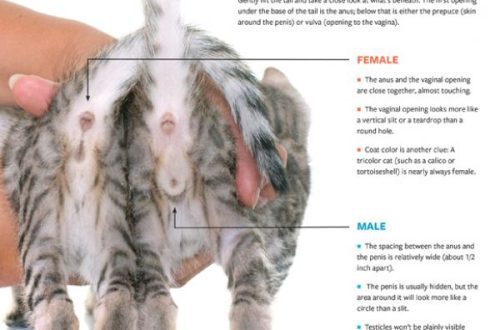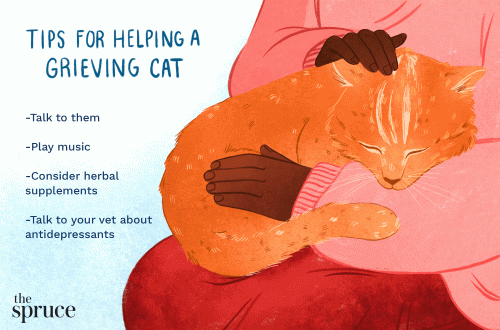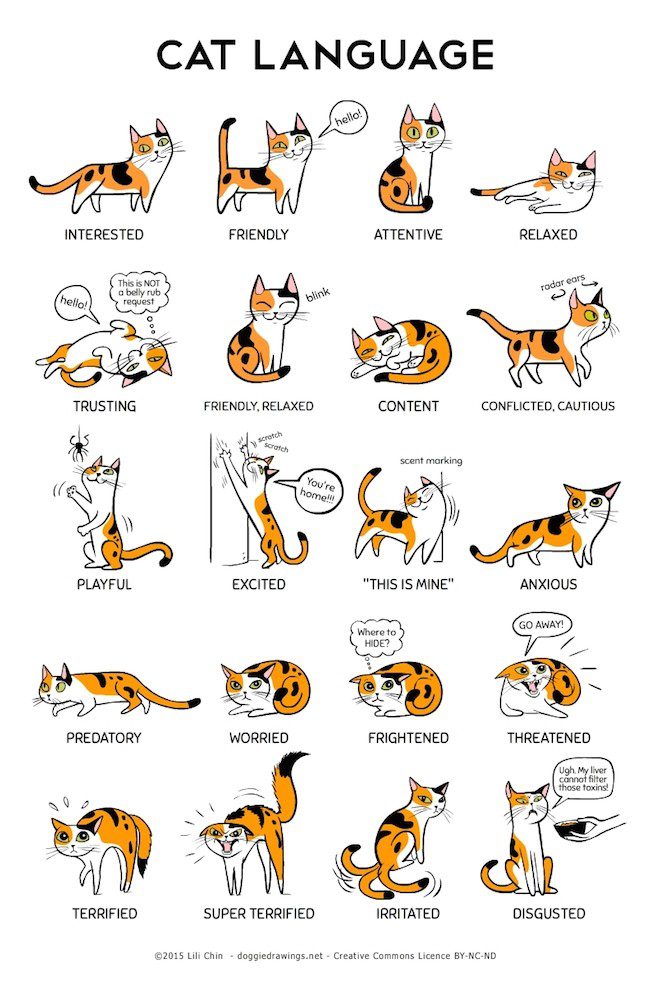
Cat language: how to understand a pet
The cat is very clearly signals about his condition and mood. Our task is to learn to distinguish her signals and master the cat language at least at a basic level.
Contents
Cat body language
Some cats are more talkative, others less, but if you live side by side with this fluffy creature for a long time, then you willy-nilly learn to understand what they want to tell you. To understand a cat, you need to learn how to decipher its signals, both verbal and non-verbal. And do it in a complex. For example, the following “set” of signs indicates that the cat is asking you to stop:
- Anxiety.
- Tail twitching.
- Twitching or pinching of the ears.
- The head moves towards your hands.
If you see this, it’s best to leave your pet alone. Otherwise, she is about to plunge her claws into you or bite her teeth into your wrist!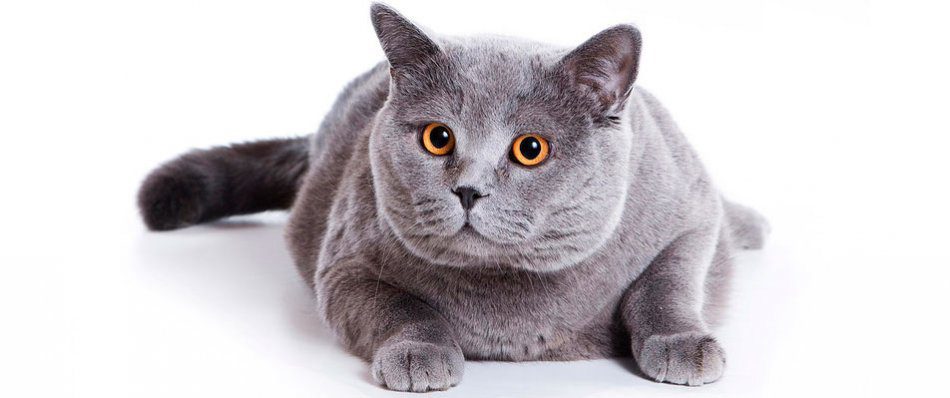
Photo: google.com
cat eye signals
If cat pupils expanding repeatedly in a couple of seconds – it means that your pet has just noticed something threatening or, conversely, incredibly attractive. A sharp constriction of the pupils marks the transition to aggression. The eyes of a cat are most often wide openexpressing concern or interest. However, one must learn to distinguish between “staring” – a sign of extreme hostility.If the cat is completely calm, her eyes are half closed. If he sleeps or is very pleased with something, they are completely closed. If the cats fight, then the losing side can “throw a white flag” – turn away and close your eyes. The fight will end immediately.
Cat ear signals
If the cat relaxed, the tips of the ears look forward and slightly outward. If the ears twitch, then something is wrong with the cat don’t like it or she’s worried.Tightly pressed to the head ears indicate readiness to defend.If the ears are not fully pressed and turned sideways, the cat signals that not afraid of a fight and attackas soon as the opponent moves.
Cat tail signals
If the cat calm, the tail is lowered down, but the tip “looks” up at the same time. The vertical position of the tail indicates that the cat glad to see you.if the cat ready to mate, she takes her tail to the side.Signal of intimidation is a down and fluffy tail. And if it sways from side to side, the animal is ready to attack. The trembling of the tip is a symbol of the growing voltage.If the tail moves sharply, the cat whips itself on the sides with it – it furious.Expression obedience – Fully drooping tail. The cat can even stick it between the hind legs. When the tail moves measuredly from side to side, it means that the cat satisfied with life.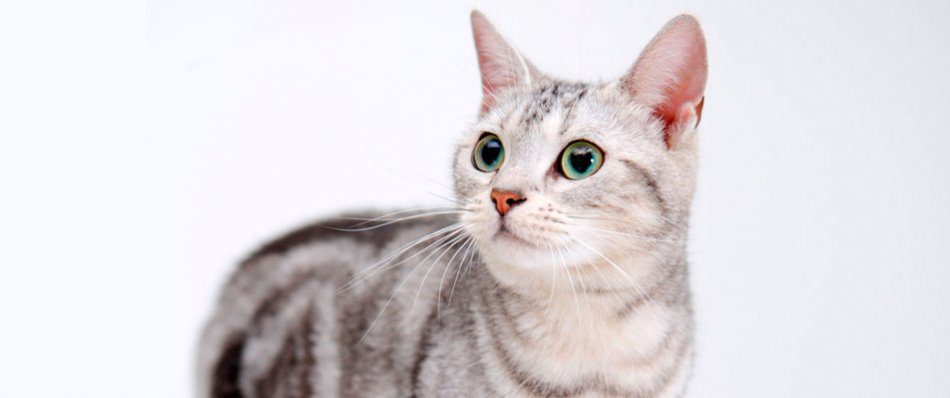
Photo: google.com
Poses of a cat
Threat Pose looks like this: the legs are stretched and tense, the back is arched, the hair is on end. A cat that protects offspring threatens in a different way: it bounces on outstretched and straight legs, turning sideways to the attacker. If the cat scared but not ready to fight, she presses into the ground, presses her ears and twitches her tail. If it is not possible to escape and peace negotiations have failed, the cat exposes a clawed front paw in front of it. If this does not help, she lies on her back and exposes all four paws towards the enemy, releases her claws. A vivid demonstration satisfaction and relaxation – position on the back or on the side, when the cat shows a defenseless tummy. She spreads her paws to the sides, sometimes squeezes and unclenches the pads, but does not release her claws. If the cat at a loss and does not know what to do, she may start to lick herself. This calms the fluffy and relieves stress.
fingering
This behavior is exhibited by newborn kittens when suckling milk. But sometimes adult cats “fall into childhood” and, sitting on the owner’s lap, begin to purr and alternately release the claws of one and the other paw, resting them on your legs. Since the claws of the pet are sharp, the owners are rarely insanely happy and lower the pet to the floor. Which is extremely puzzling for the cat: after all, she demonstrated absolute and uncomplicated happiness! This is one of the clearest examples of misunderstanding between our species. Remember that we, the owners, for cats personify a kind of replacement for parents, because we provide them with everything they need. And in relation to people, a domestic cat always remains a kitten.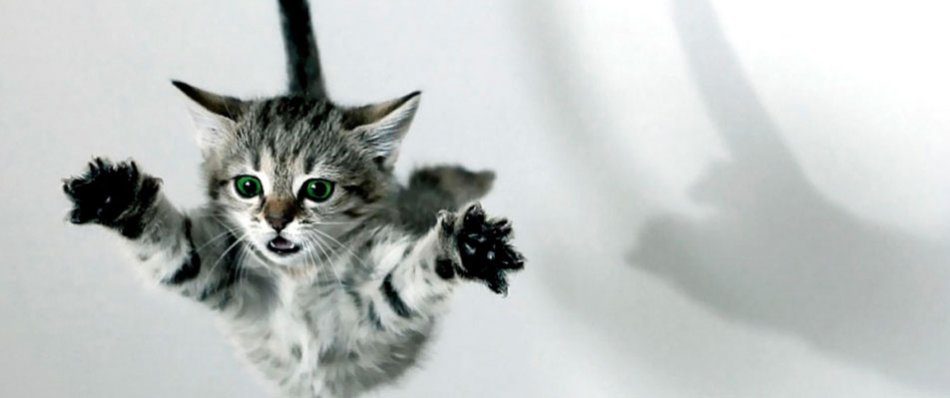
Photo: google.com
Cat voice signals
- «I feel good». You have all heard cats purr. This is how they tell others that they are okay.
- «Hello, I missed you!» The cat makes a chirping sound. You probably heard it when you returned home after a long absence, or when the mother cat called for her cubs. The animal often rubs against your legs, and the chin glands secrete a faint-smelling substance that leaves marks – like those with which a cat “marks” other friendly animals.
- «I’m in pain!!!» Severe pain is signaled by a wild cry.
- «I’m afraid!» This guttural, disturbing sound is like a howl. As a rule, it is distributed when a cat is cornered by a superior opponent. But it is also a warning: “I will defend myself.” A cat can arch its back, raise its hair, fluff its tail to appear bigger and meaner. She may also hiss and spit.
- «Attention! Attention!» This is a wide range of meows, from quiet and soft to demanding and loud. Sometimes it seems that the cat does not rely much on our intelligence, so she developed a whole system of sounds to make it clear what she wants. And many owners on the woeful “Meow” are trained to immediately drop everything and fill the bowl with food.
- «I am angry!» Have you heard how cats fight? Surely you have been awakened by this noise more than once: cats emit a chaotic mixture of rumbling, howling, grunting and growling. Two cats vying for the attention of a beautiful lady will raise the dead one.
- «I’ll get to you!» Cats living in an apartment sometimes “yelp” or chatter their teeth. Usually this is due to the appearance outside the window of inaccessible prey (for example, birds). This is an expression of annoyance.




